While patrolling its wide territory they leave their large footprints
stamped on the snow of the steppe and on rocks of the eastern end of Torres del Paine (Laguna Amarga ranch), always in search of their
largest prey, the guanaco (Lama guanicoe), which congregate in
large herds to graze and seek protection during the
non-reproductive season. Puma are quite opportunistic as predators, consuming smaller prey, such as Hare (Lepus europaeus), Grey Fox (Lycalopex griseus), other small mammals and waterfowl.
The coldest months of the Patagonian winter are a quiet time of the year to look for these big cats, since few visitors travel through Torres del Paine National Park at this time, in addition the strong summer winds stop and the mountains are covered with a peaceful white blanket.
In this new tour we had plenty of interesting times, like a female cougar stalking on a group of guanacos and incredible moments with a family of four very playful small cubs about four months old, in the care of their mother.
Juveniles in other parts of the world become independent close to 18
months, but here in Patagonia we observe that puppies can become
independent at 14 even 12 months of age, there are no studies of this behavior to date.
Of the different species of felines, its closest relative is the
cheetah, who descended from an ancestor of the puma and migrated from North America to Africa, its current home, 100,000 years ago.
In Torres del Paine National Park and its surroundings we can find
the largest concentration of pumas in the world, which makes of this area a mecca for all those who want to observe this imposing and
magnificent animal with a vast territory and fantastic landscapes,
renowned the world over for their majestic beauty.
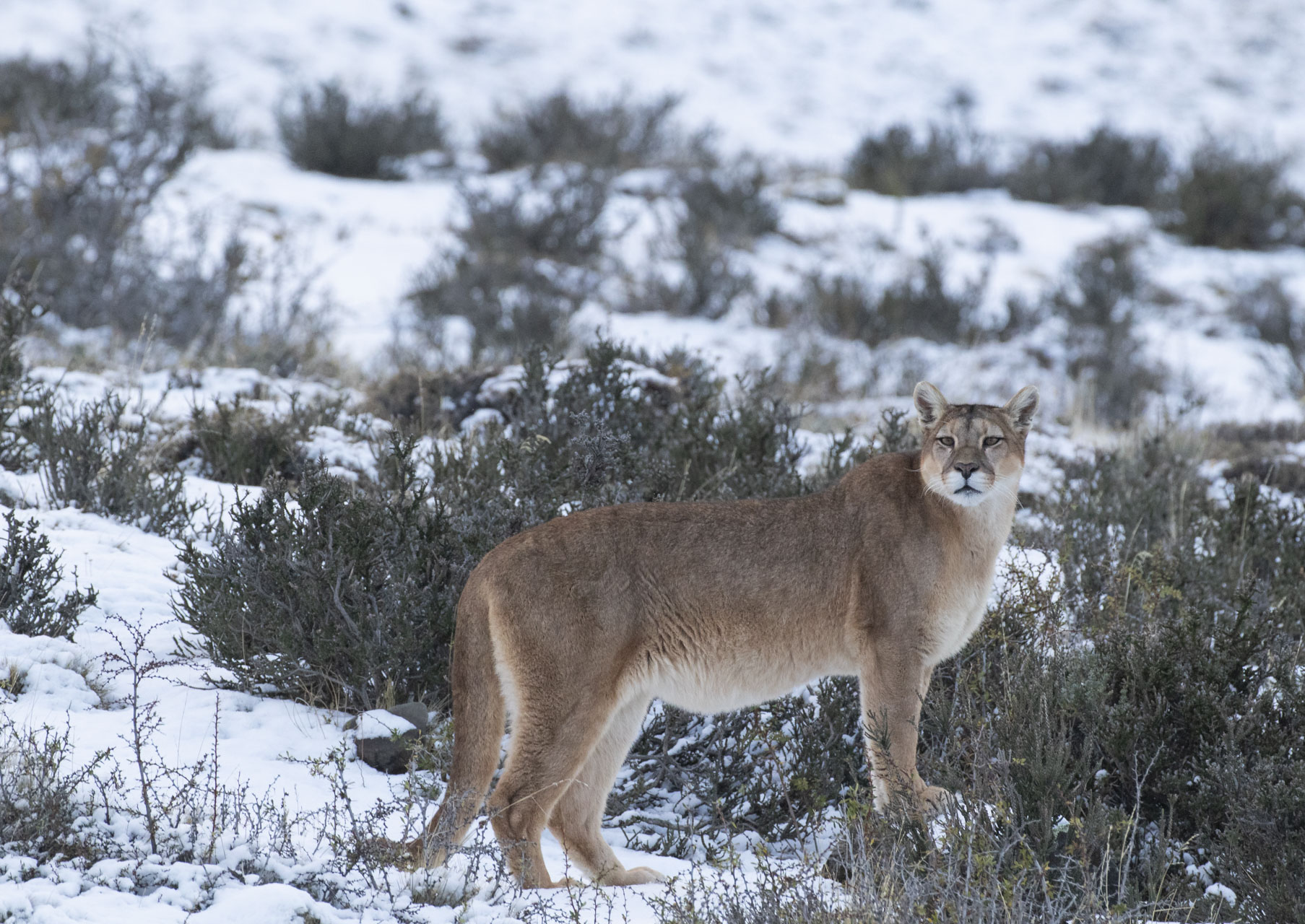
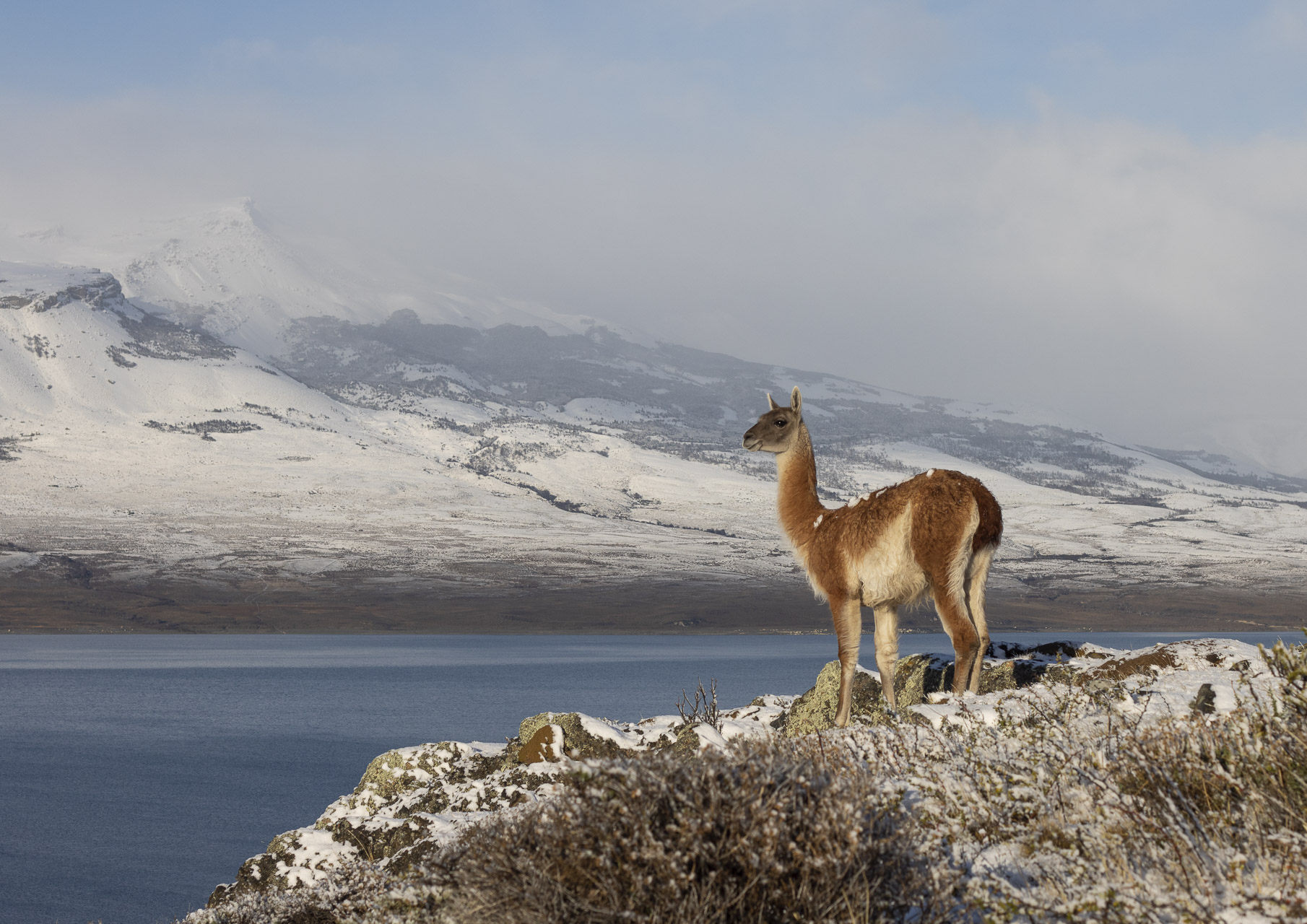
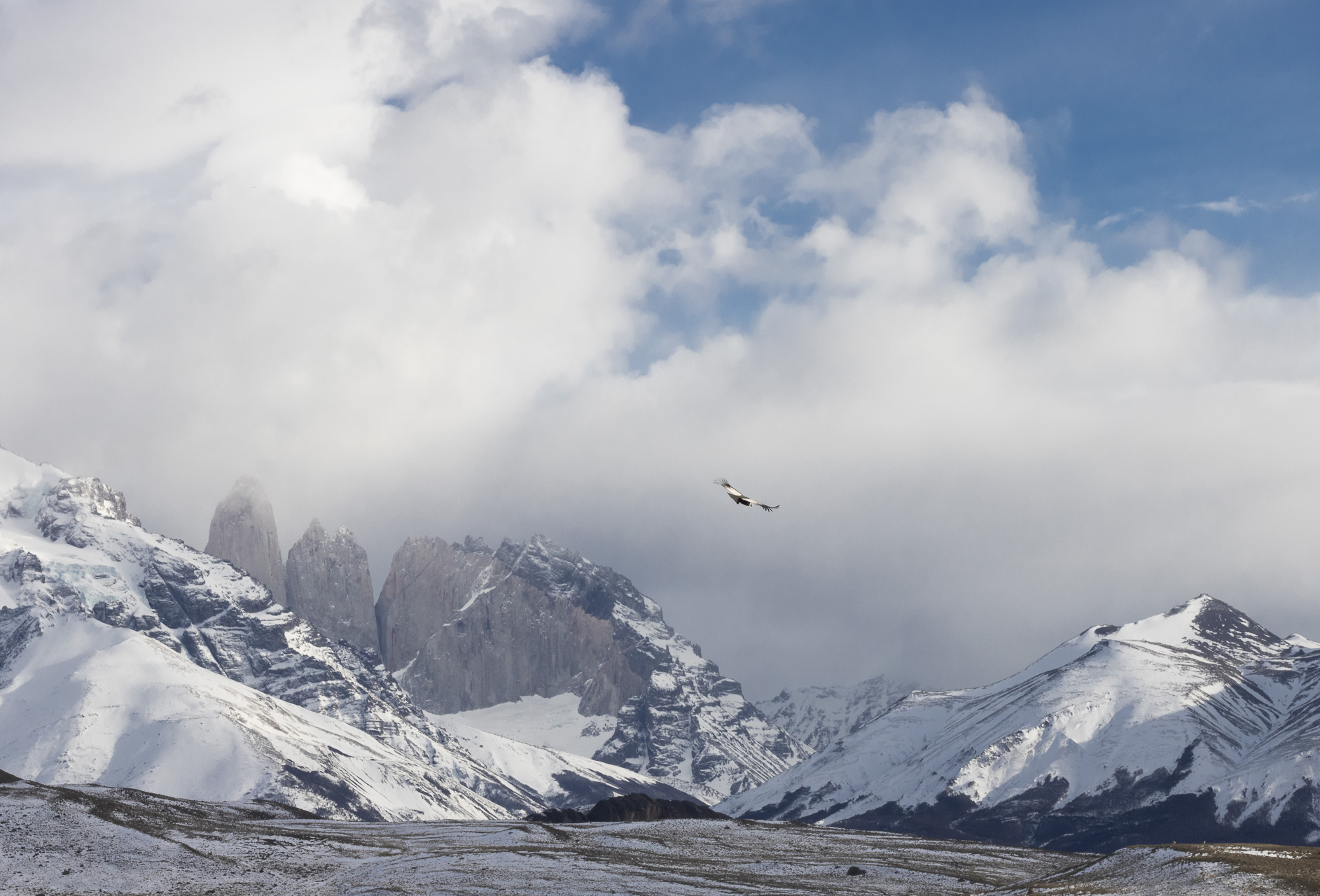





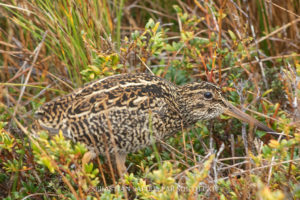


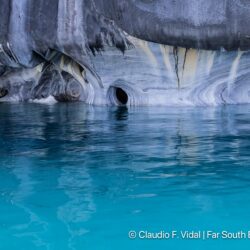
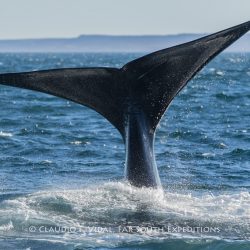
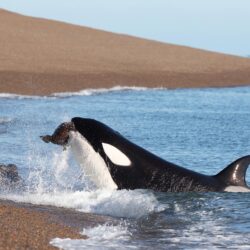
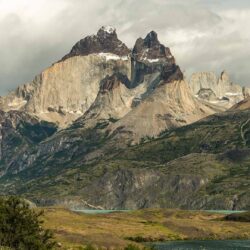
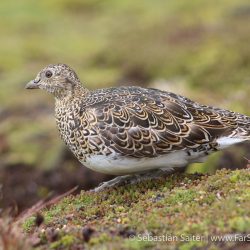




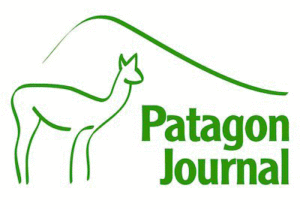
Leave a Reply
Your email is safe with us.